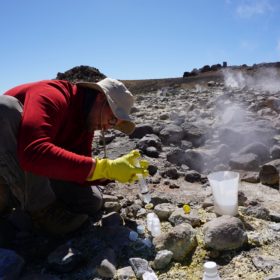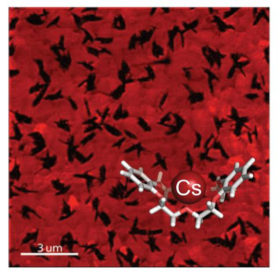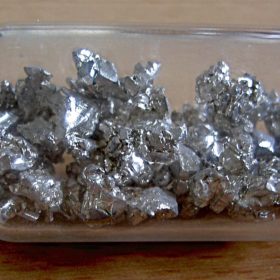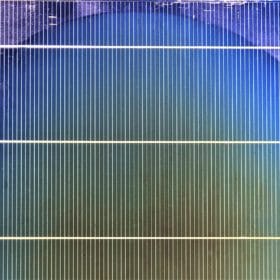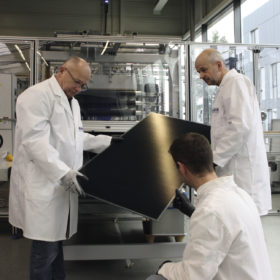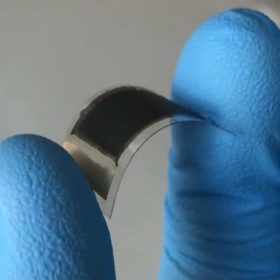New approach promises reduced impacts in lithium mining
Research institutes in Germany and Chile are investigating the potential of extracting lithium and other minerals, as well as drinking water, from brines used in geothermal energy. The concept could greatly reduce the environmental impacts of mining in northern Chile. The project has set up a demonstration of the technology at a geothermal power plant in western Germany, and is working to identify optimal sites in Chile for further development.
New cathode design promises battery sustainability
Scientists in the U.S. developed a new cathode design for lithium-ion batteries that they say could open up a range of different materials for further research. The group has high hopes that the discovery can quickly be brought to scale, easing some of the growing concerns around supply chains for battery materials.
A crowning achievement for perovskite stability
Scientists in Switzerland demonstrated a new type of nanoscale doping for perovskite solar cells. By both improving stability and reducing the chance of the cells leaking any toxic lead into the environment, the discovery addresses two of the largest remaining challenges to the development of the promising class of cell materials.
Investigating all-manganese flow batteries
Scientists in Germany fabricated an all-manganese flow battery, which they say serves as a proof of concept for the potential of such devices. Their results working with various battery configurations show that cheap, abundant manganese has plenty of potential for flow battery applications; and is worthy of further investigation in the frame of developing sustainable energy storage technologies.
Cathode discovery ‘opens up new pathways’ for calcium-ion storage
Scientists in South Korea tested a new cathode material as part of a calcium-ion battery (CIB), achieving some impressive results. The material retained more than 90% of it initial capacity after 500 cycles, alongside some of the best performance results seen so far for this technology. The scientists say that this discovery opens up “an unexplored pathway toward the realization of stable and high-power cathodes in CIBs.”
Simplifying solar cell deposition
Scientists in Germany have developed a new process for deposition of silicon dioxide layers during cell production. Without the need for high pressure, flammable gases, or vacuum conditions, the process could lead to cost reductions for cell manufacturers, provided it can be developed and applied in a large-scale production setting.
Chinese court upholds laminator patent
German manufacturer Robert Bürkle GmbH has obtained a first instance judgement preventing a rival company from producing equipment that infringes on its patents. The decision of the Intermediate Peoples Court in China is not yet final, and the rival company has already filed a complaint against the ruling.
The weekend read: PV manufacturing meets big data
As PV manufacturing lines continue to get larger, keeping track of the measurement data that’s vital for quality and process control becomes an ever more herculean task. Flashing equipment supplier h.a.l.m. has developed a software solution that keeps all of this data in one place and provides operators with a real-time view of production line performance and quality. pv magazine caught up with Managing Director Michael Meixner to discuss the latest on big data in PV manufacturing.
Developing standards for solar & wildlife habitat
A group of researchers in the U.S. analyzed recent developments in efforts at dual land use projects, combining solar energy with habitat for pollinators and other wildlife. Based on recent projects and studies, they offer a list of best practices for developing the habitats; and warn that without careful oversight the promising concept could amount to little more than greenwashing.
Perovskite stability, and the effects of defects
An international team of scientists fabricated perovskite solar cells which retained almost all of their initial 21% efficiency after 1,000 hours under continuous operation at their maximum power point. The researchers credit this performance to their discovery of an additive that served to ‘block’ ions that cause device degradation, and also hope their work will contribute to an improved understanding of the relationship between efficiency and stability in perovskite PV.

